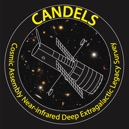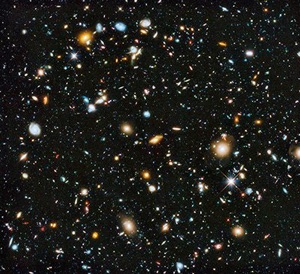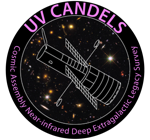Research Projects


The role that gas reservoirs play in the formation and evolution of galaxies is an enduring puzzle. This gas presumably provides much of the fuel for star formation and drives galaxy evolution, yet fundamental properties of the gas and its connection with high-redshift galaxies are still poorly understood. My research focuses on solving these questions in order to form a more complete picture of the interplay of gas and stars in sustaining the growth of galaxies.
My research interests are in the area of galaxy formation and evolution and how galaxies exchange gas with their surroundings. This is accomplished in part by studying the physical characteristics and processes of high redshift galaxies and their associated gas reservoirs. One way to do so is via chemical abundance and star formation studies of absorption line systems such as damped Lyman-alpha systems, which provide a unique laboratory for understanding the conversion of cold neutral gas into stars at high redshift. Another is to connect the gas observed in detail in absorption to the associated galaxies observed in emission. Finally, the morphological structure of galaxies informs us about the recent history of galaxies (mergers, gas flows, bursts) and thus provide further insights.
I lead the Galaxies and the CGM group made up of scientists and post-docs at STScI and JHU.

PASSAGE: Parallel Application of Slitless Spectroscopy to Analyze Galaxy Evolution
Deep HST spectroscopy and imaging of the MUSE Ultra Deep Field
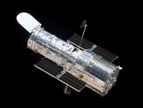
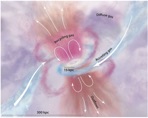
Studies of the circumgalactic and intergalactic medium (CGM & IGM), including Damped Lyman Alpha Systems (DLAs)

